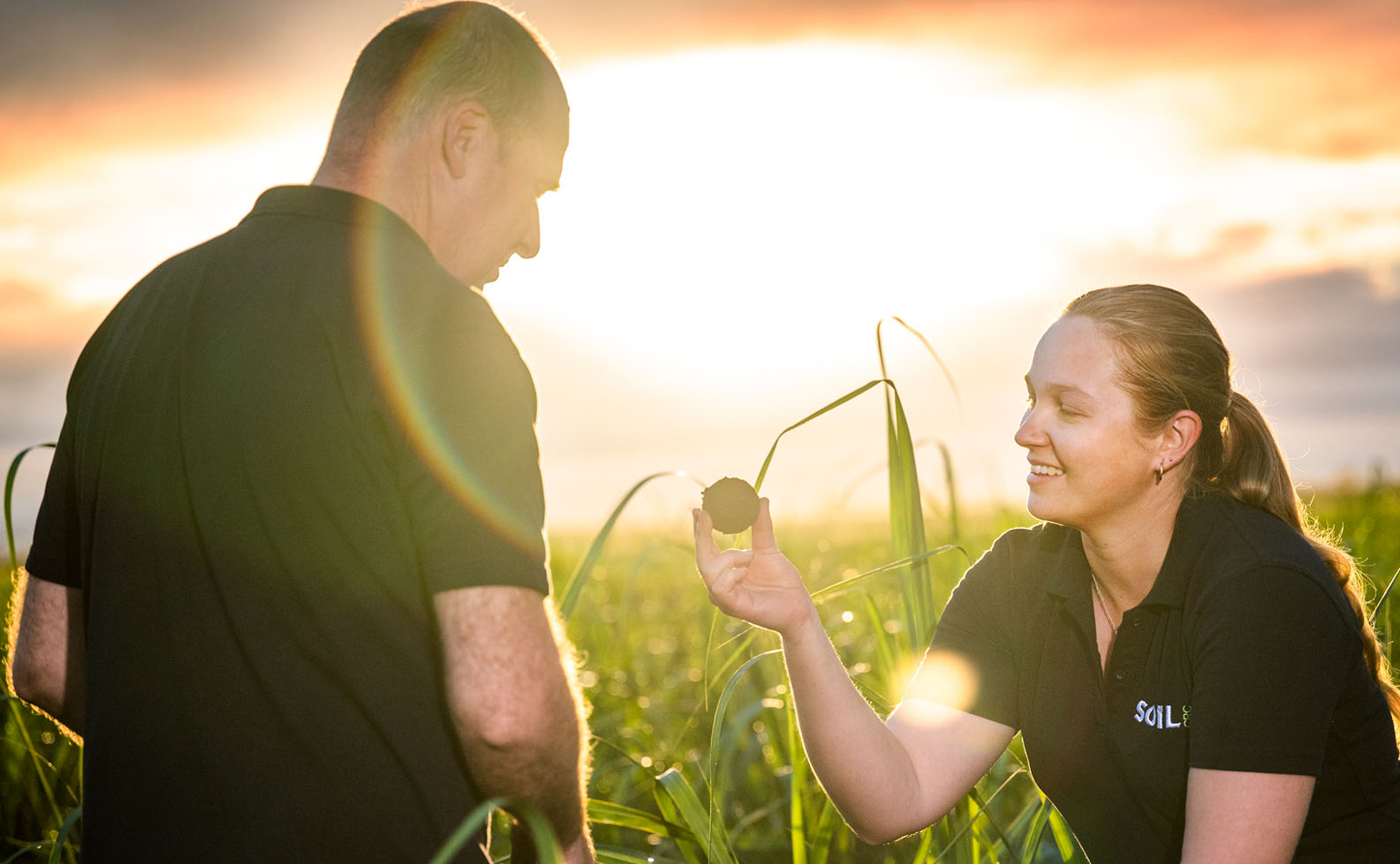Read Final Report of the project
The Challenge
With a significant government focus on improving agricultural soils, there is an increased focus on adoption of programs and techniques for improved soil management. But it’s not always simple.
A recently completed Soil CRC project investigated why new tools and approaches for improving soil management are under-used by farmers, and how adoption can be improved.
In its review of state and federal policies, the project team found that almost no consideration of adoptability by end users was considered when producing guidelines for which practices and technologies farmers might use.
No policy guidelines are available for land managers who face tensions between productivity and soil science advice, or when soil science research does not adequately engage with local land management knowledge and priorities.
Creating the framework
Building on existing models of adoption, the Soil CRC project provided a holistic understanding of adoption practices, considering social, cultural, economic, bio-physical and geographical influences.
The project team collected data from farmers, staff and other stakeholders from seven farmer groups from mixed farming regions across Australia. The data informed the development of a draft adoptability framework that was then taken back to these groups for testing and refining.
The framework was customised to meet local soil improvement priorities and challenges. This diagnostic adoptability framework provides a more useful and useable approach to understanding the adoptability of an innovation than existing models.
The framework also differs from other models because it has been developed in conjunction with farmer groups and extension personnel. These end users are involved in the implementation of the soil management techniques and technologies and have an intimate understanding of regional soil priorities and challenges.
Because the framework has been co-developed with end users, it takes into account the multiple and multi-scalar drivers – local, regional, national – that are most relevant to them in influencing adoption.
Using the framework
The adoptability framework developed through this research can help regional farming groups and other extension personnel to better target soil management resources and communications to their members or clients.
As a guided discussion tool, the framework is also easily customised to consider different regional soil management priorities and challenges, and the specific interventions that may be required to address those. It enables stakeholders to determine areas for action, collaboration and investment that contribute to addressing local soil priorities and challenges.
It is hoped that this project will lead to the development of more adoptable practices and technologies among projects and programs that effectively respond to its recommendations. The farm-level and public benefits will thus accrue through the work of the next users and investors who implement the project’s recommendations.
Recommendations
Based on the major findings from the project, a set of principles and recommendations have been identified to increase the adoption of improved soil management across different geographical contexts and farming systems. While the recommendations were written to inform the investments of the Soil CRC, they are just as applicable to all investment decisions in this area.
- That investment bodies support farmer groups when developing workshops that provide farmers with skills in soil data management and interpretation. The workshops should be developed in consultation with local agronomists, advisors and other trusted change intermediaries.
- That investment bodies integrate into the project application process:
- a requirement that all research involving adoption implications details how the Framework for Understanding and Assessing Adoptability of Soil Management Innovations will be integrated within research projects
- a requirement for documented evidence from end users that the outcomes and products from the research are likely to be relevant to locally defined soil management challenges and priorities and suited to the local geographical and farming systems context.
- That investment bodies collaborate with policy makers, farmer groups and soil researchers to develop a strategy that defines best practice soil management standards and outlines different options for rewarding farmers who meet those standards.
- That investment bodies develop a strategy for resourcing and evaluation of farmer group soil improvement extension initiatives. The strategy should be developed in consultation with farming system groups and extension and adoption experts.
- That the Soil CRC develop an adoption strategy based on the findings of this research.
Details of the adoptability framework can be found in Appendix B of the Final Report.
Project: Why soil management practices are adopted
Project Leader: Vaughan Higgins, University of Tasmania
Project Participants: University of Tasmania, Agriculture Innovation and Research Eyre Peninsula Central West Farming Systems, Birchip Cropping Group, Western Australian No Tillage Association, MacKillop Farm Management Group. Riverine Plains, NRM North, Charles Sturt University, University of Southern Queensland.

